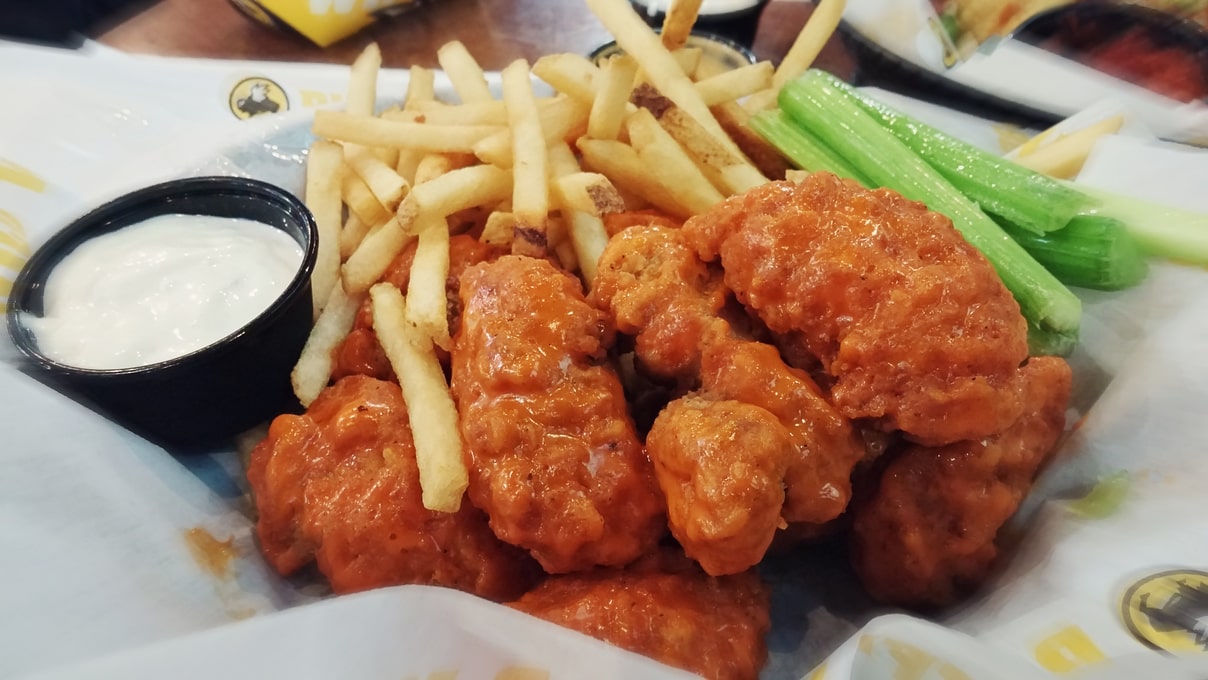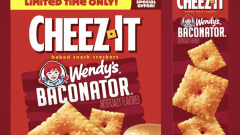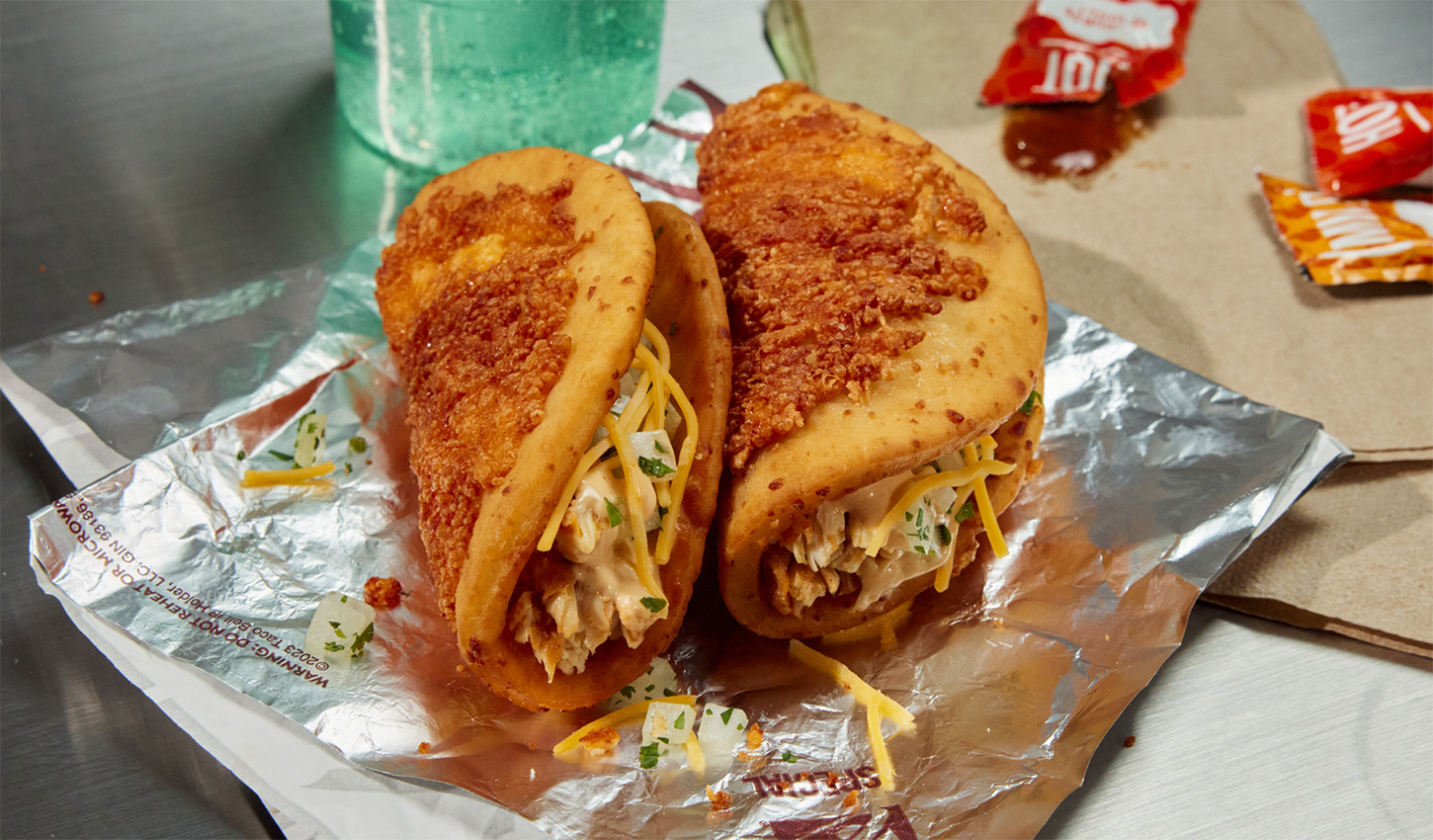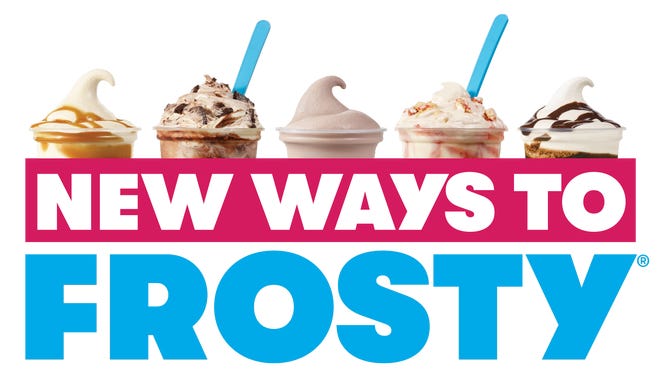Why Boneless Wings Are The Biggest Marketing Scam We’re All Falling For

Restaurant chains like Buffalo Wild Wings have been carrying boneless wings since 2003, but the chicken nuggets (yes, that’s what they truly are) have been getting more attention of late as more restaurants are beginning to sell them.
You’ve probably never bothered to think about it, but boneless wings aren’t, well, wings. You’re just falling for the marketing ploy these establishments are pulling by having this item available.
 Photo: Javcon117 // Flickr, CC 2.0
Photo: Javcon117 // Flickr, CC 2.0
There are several reasons why “boneless wings” get their name, and a major one in recent years has been that companies can use that term to save money. Over the past few years, the cost of wings has gone up to the point that they were actually more expensive than chicken breast (the predominant protein in boneless wings). It has inspired chains like Buffalo Wild Wings to push their boneless offerings and deals to get consumers to eat more of them.
Wingstop CEO Charlie Morrison admitted as much in a recent interview, saying that “it’s a little less expensive for us and so we try to provide a value to our consumers for the boneless.”
It’s worked for these chains, two-fold: Not only have consumers been buying more boneless wings, but they’ve ordered less actual wings to the point where prices have begun to drop. That means wing chains can keep pushing the deals on boneless wings while getting the real deal bone-in back at a cheaper price.
Happy #WingsOverWednesday! RT this for a shot at a free pound of boneless wings! Must follow to be eligible to win! pic.twitter.com/i1WVimEvFf
— Wings Over Milwaukee (@WingsOverMKE) October 24, 2018
How much have boneless wings taken over, you ask? A pretty significant amount, as they make up vast portions of restaurant chains’ wing sales. It’s about 35 percent of wing revenue for Wingstop, according to Morrison, while Buffalo Wild Wings actually sells more boneless than they do bone-in. They reportedly sold 1 billion boneless wings and 768 million real wings in 2015, showing that for them, these “nuggets” may be the true key to growth.
As long as that is the case, they’ll keep pushing the boneless wings deals on us and convincing us that we should enjoy them more than actual chicken wings, which are harder to produce (given that there’s only two per chicken).
It’s Wingsday Wednesday again. Get 10 boneless wings and fries for $12.99 all day. #wingsdaywednesday #bestwingsintown #hooterswinnipeg pic.twitter.com/KyIlgofDND
— Hooters Winnipeg (@HootersWinnipeg) October 24, 2018
Many already recognize them as glorified chicken nuggets, so why don’t these wing establishments just call them nuggets, which is a more apt title? Well, that’s the marketing ploy that everyone is falling for when ordering boneless wings.
When you think of wings, you think of beer, sports, bars, watching a game, and having a good time with friends. Places like Buffalo Wild Wings, Wingstop, and others come to mind almost immediately.
When you think about chicken nuggets, however, the image is more along the lines of fast food. It’s the low-quality grub meant for broke college kids and the younger generations, paired alongside burgers and sodas inside of drive-thru establishments. Consumers see the wing joints they go to as steps above that, so were they to sell “nuggets,” they would be perceived as lesser than their boneless wing-toting rivals.
While the two may be the exact same thing, ordering boneless wings means you’re choosing an entirely different experience that’s more grown-up. By using that naming convention, chains are essentially duping you into choosing their experience, while eating a cheaper item.
It’s a pretty smart and sneaky marketing play, but for now, we’re content to fall for it, if it means we can differentiate between the two.
Just know that when you do order boneless wings, you’re doing exactly what these chains hope a huge chunk of their customers do so that they can save more money.






















